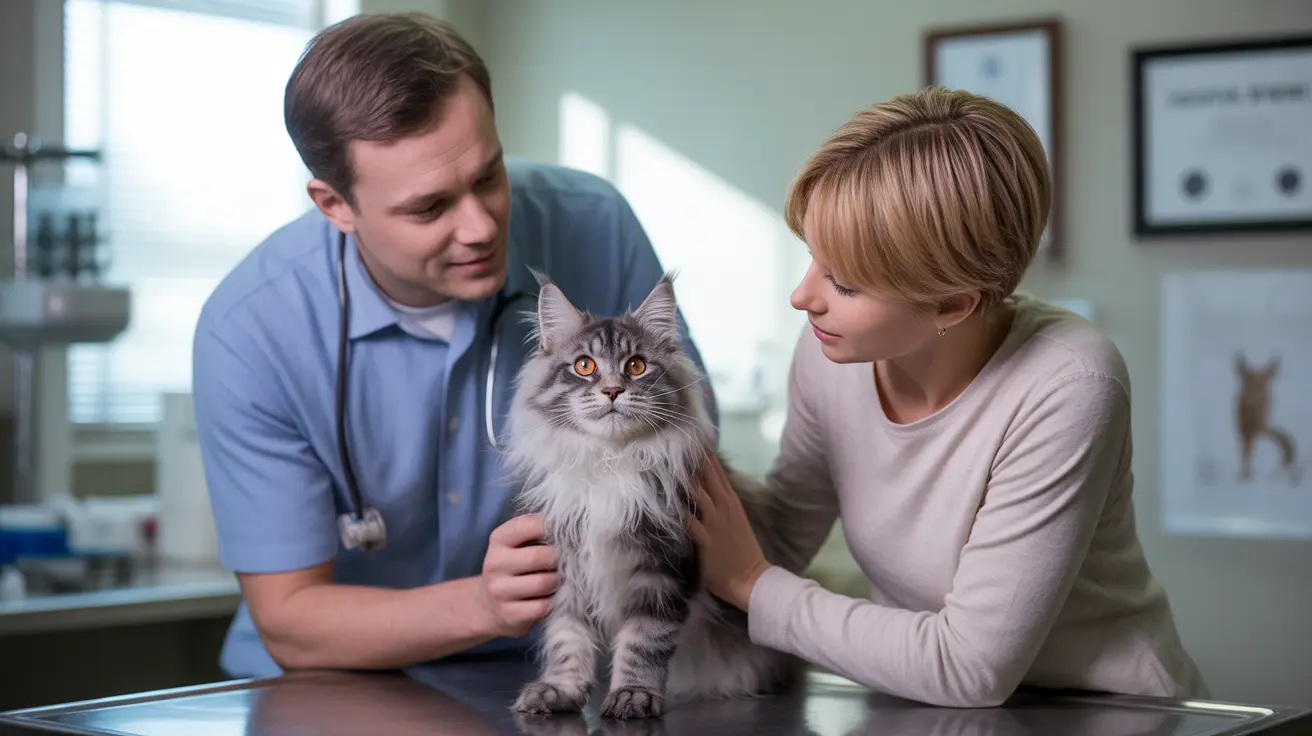If your cat struggles with severe allergies or skin conditions, your veterinarian may have discussed Apoquel as a potential treatment option. While this medication has shown promise in managing feline skin issues, understanding its side effects and risks is crucial for making an informed decision about your cat's care.
In this comprehensive guide, we'll explore everything pet parents need to know about Apoquel's use in cats, including common side effects, safety considerations, and important monitoring guidelines.
Understanding Apoquel's Off-Label Use in Cats
Apoquel (oclacitinib) was originally developed and FDA-approved for dogs, not cats. When veterinarians prescribe it for cats, this is considered "off-label" use. The medication works by blocking specific enzymes called Janus kinases (JAK) that are involved in triggering inflammation and itching.
Common Side Effects to Watch For
While individual cats may react differently to Apoquel, several common side effects have been documented through clinical use:
- Digestive issues (vomiting and diarrhea)
- Decreased energy levels
- Changes in appetite
- Increased thirst
- Mild behavioral changes
Serious Side Effects Requiring Immediate Attention
Some cats may experience more severe reactions that warrant immediate veterinary care:
- Severe lethargy
- Signs of infection
- Development of new lumps or masses
- Significant changes in eating or drinking habits
- Unexplained bleeding or bruising
Long-Term Safety and Monitoring Requirements
Regular monitoring is essential for cats taking Apoquel. Your veterinarian will likely recommend:
- Blood work every 2-5 months
- Regular physical examinations
- Monitoring for signs of infection
- Checking for new skin masses or lesions
When Apoquel May Not Be Appropriate
Certain cats should not receive Apoquel treatment, including:
- Cats under 12 months of age
- Those with compromised immune systems
- Cats with active infections
- Pregnant or nursing cats
- Cats with certain types of cancer
Dosing and Administration Guidelines
Proper dosing is crucial for safety and effectiveness. Cats often require different dosing schedules than dogs, and the medication should only be given under strict veterinary supervision. Never adjust your cat's dose without consulting your veterinarian first.
Alternative Treatment Options
If Apoquel isn't suitable for your cat, several alternatives exist:
- Traditional antihistamines
- Corticosteroids
- Cyclosporine
- Allergy immunotherapy
- Dietary modifications
Frequently Asked Questions
What are the most common side effects of Apoquel in cats, and how can I recognize them?
The most common side effects include vomiting, diarrhea, lethargy, and changes in appetite. Monitor your cat closely for these symptoms, especially during the first few weeks of treatment.
How is Apoquel dosed for cats, and why do cats often need different dosing than dogs?
Cats typically require more frequent dosing than dogs due to differences in metabolism. The exact dosing schedule should be determined by your veterinarian based on your cat's specific needs and response to treatment.
What serious risks should I watch for if my cat accidentally takes too much Apoquel?
Overdose symptoms can include severe lethargy, kidney problems, facial swelling, and digestive issues. Seek immediate veterinary care if you suspect your cat has consumed too much Apoquel.
Can Apoquel be safely used long-term in cats, and what monitoring is required during treatment?
Long-term use requires regular veterinary monitoring, including blood work every 2-5 months and frequent physical examinations to check for potential complications or side effects.
Why is Apoquel considered an off-label treatment for cats, and when might a vet recommend it over other allergy medications?
Apoquel is off-label for cats because it's only FDA-approved for dogs. Veterinarians may recommend it when traditional treatments have failed or aren't well-tolerated, but only after careful consideration of the risks and benefits.






